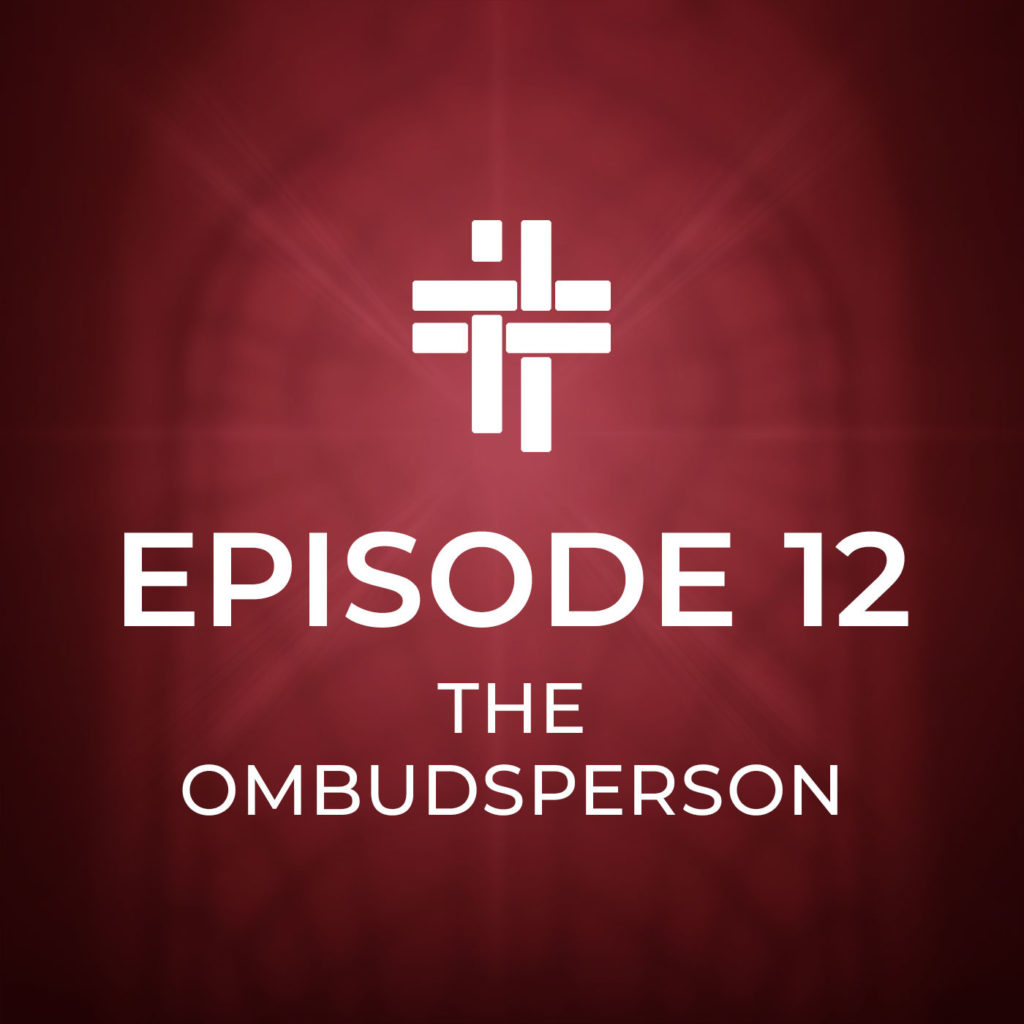Catholic Bishops have become caught up in an explosion of scandals and cover-ups. Scandals have prompted new demands for lay involvement in oversight and accountability systems. Suggested solutions, however, have not included the Ombudsman model. In this episode we suggest that every diocese form an “Office of the Ombudsperson” — staffed with people trained in mediation, pastoral counseling, and spiritual direction.
Podcast: Play in new window | Download (Duration: 10:51 — 14.9MB) | Embed
Subscribe to the podcast
Credits
“Angel Share” and “Concentration” Kevin MacLeod Licensed under Creative Commons: By Attribution 3.0 License


